
T&I News 2 2023…
This week we will focus on the permanent way – in this particular case, the Tramway. A considerable amount of work is currently being carried out on the Tramway, in particular between Town East (the Bank/Chemist corner and stop) and Pockerley. Work includes renewing 25% of the sleepers (with recycled plastic sleepers), rail restoration in the cobbled street areas and work to the ballast bed. Next up, later this winter, re-railing of a further section of the Town curves (in the tarmac section) will take place (with improvements to the surface in this area too) before the team move to what is known as ‘Bog Bend’ (the first curve when travelling from Foulbridge towards the Town in a clockwise direction) to carry out re-railing in this area.
Permanent Way – Tramway (Town curves)
The Tramway is currently receiving a lot of attention and investment. With David Moseley now in place as Transport Infrastructure Manger, he’s developed a programme of work for the winter/spring that sees some of the more urgent work on the to-do list tackled. We’ve invested tens of thousands of pounds on new grooved and flat-bottomed rail for the tramway (which should arrive soon), more plastic sleepers and new equipment for the team too. One piece of work that we were keen not to extend, is tackling the side cutting on the curves within the Town. To remove and replace the rails here would involve extensive disruption to the operation of the museum, and the digging up of a lot of the setts (the relaying of which seems almost impossible to find skilled contractors to complete). An alternative to replacement is to restore the rail profile using welding methods – something that has been carried out on these curves before, though not to this extent.
Below: With the contractors on site, the first step is to grind the worn rail in preparation for welding. This removes rust, dirt and any cusp on the parent metal.
Below: The rails are then pre-heated using the boxes seen here..
Below: Once hot, the welder then starts applying a stainless-steel rod to the cleaned and heated surface.
Below: Rails are worked on in parallel, with two welders working simultaneously.
Below: When rain arrived, work continued within the temporary shelter.
Below: Both the rails and the ‘check rails’ (for want of a better word – on tram track the narrower section is primarily for preserving the clarity of groove, retaining and holding back the road surface) are being treated – as the low rail (the inside) tends to exhibit side-cutting on the ‘check’ whilst the high rail has the railhead cut back by wear. The view below shows the extent of the welding on the check rail at the close of play on one of the days this week. Final dressing etc. is still to be done.
The rails are dressed using grinding wheels, before the next section is started. We hope to have sufficient rail welding completed next week to finish the inner-circle route of the Tramway in this location. The outer line, which has far lower speeds (as trams are approaching/departing the stop) will be similarly tackled next winter. The work is expensive per day, but still cheaper than re-railing, and that is without considering the disruption and reconstruction of the street surface that would then be required.
Below: Elsewhere on the route, sleeper replacement continues, with one in four of all the sleepers between Pockerley and the Town being replaced with plastic sleepers. The reason for this number is that it gives regular and adequate spacing of the new material and ensures that inspections can reliably confirm the soundness of the sleepers at this interval (as defined in our Safety Management System track standards document), which if exceeded by poor sleepers requires more extensive intervention. The plan is to carry on with this work until the whole route is eventually done, over the next few years. A second pass would reduce the ratio even further and I suppose that, in several years to come, it would be possible to say that the entire route had been so-treated. However, that is getting ahead of ourselves somewhat, and the sleepers still have many years of life in them in most cases.
Below: The excavator enables sleepers to be removed easily, and new ones installed quickly. We are also supplementing the team with members of the railway operating staff, which enables work to progress at a faster rate. We are using the (very expensive – around £100 per sleeper!) recycled plastic sleepers – which perform like hardwoods, but have a lifespan that will not trouble any of us again! The life-limiting factor for their use will be the fastenings employed (and we are substituting clips and bolts for the spikes previously used to obtain a more secure anchor for the rails) – and these may be something that has to be changed in time – though nobody has yet got to that stage with the use of these plastic sleepers.
All PW photos courtesy of David Moseley
Gateshead 10
Below: We’ve looked a lot at 10’s bogies as an engineering exercise, but the sheer amount of painting required on the bogies and brake gear is enormous – as seen in these four photos that show just some of the components that have and are being painted by Rebecca, the transport team’s painter. We see a mixture of brake components for tread and track brakes, pull rods and the associated brackets that mount them onto the bogie frames.
Photos above courtesy of Don Cook
NER 559
Below: In Darlington the assembly of the new boiler for 559 continues. The first two views show the front tubeplate and blackhead, tacked in place with bullet welds (that do not interfere with the penetration of the root welds) in readiness for the structural root welds to be applied. Note the various mounting holes for longitudinal stays, fittings and the apertures for inspection doors and also the bosses for the gauge glass cocks.
Below: More components for assembly (and assembled to) the boiler, including safety valve turret base (I think!) and clack pads. The clacks themselves will be the same as those fitted to Coffee Pot No.1 and Seaham No.18 – photos suggesting them to be almost identical, and to a design for which we have patterns at Beamish already.
Completion in February is still predicted, after which, as referenced here before, the boiler will be cleaned and painted, then brought to Beamish for display on the chaldron flat in the Colliery. Usually the locomotive exists from the point of permanent assembly of the frames, so ticking it off as ‘seen’ might be a while off yet, but it is a great start to the project to be able to display this significant component!
Photos courtesy of North Bay Railway Engineering Services
Fowler Steam Roller ‘Rambler’
Below: In November 2009 we added 1931-built Fowler steam roller ‘Rambler’ to the collection, following receipt of a private donation to fund the purchase. The roller was well-known to us, as it had been an occasional resident when we operated a ‘home fleet’ of road steam in the late 2000s. The roller has had one boiler overhaul in that time, but in recent years it has very much been on borrowed-time, the boiler inspector advising of a number of areas to monitor, and mechanically, the gears being in worn condition. This week the inspector found one pitted tube, which he was able to perforate, and thus render the engine out of use as with only one more year before it was due a hydraulic on the boiler, there would be little point re-tubing it at this stage. We have therefore decided to withdraw it from use pending overhaul, and will look at options for display etc. once we’ve got the wider winter maintenance work out of the way. The roller is a lovely machine and I very much hope we will enjoy it again in the not-too-distant future, sans the soundtrack of ringing gears that more recently began to erode the enjoyment of driving it! I would also like to restore it to a more authentic livery and appearance when it is overhauled. Here are a few photos of it at work around Beamish over the last 13 years or so.


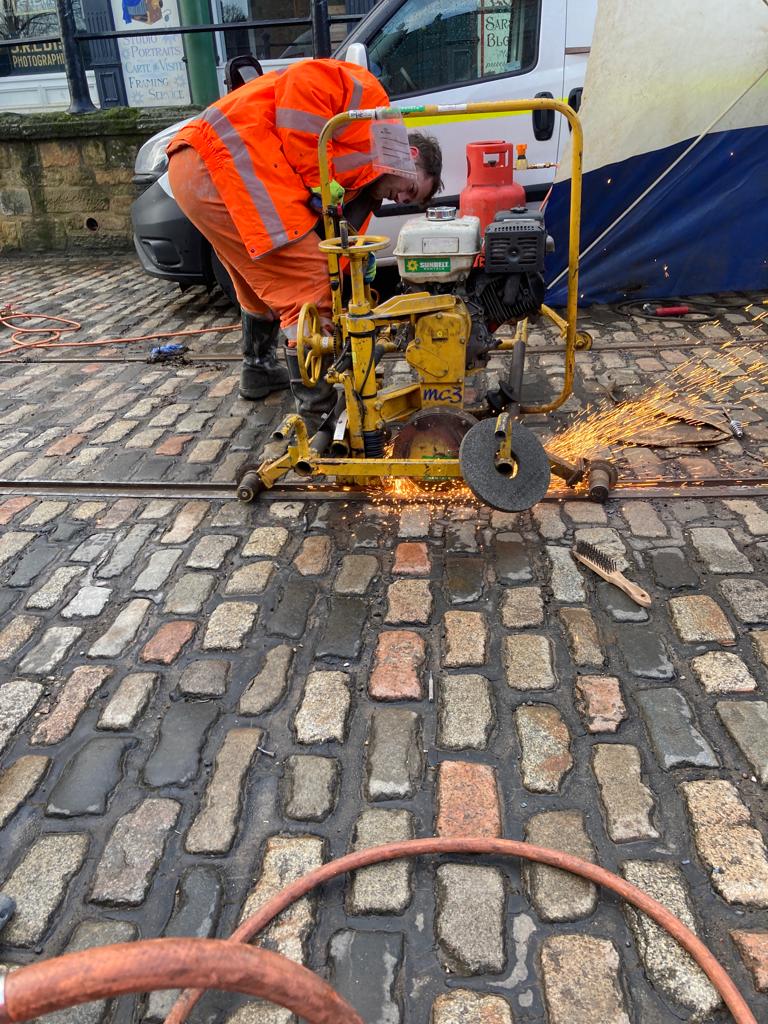
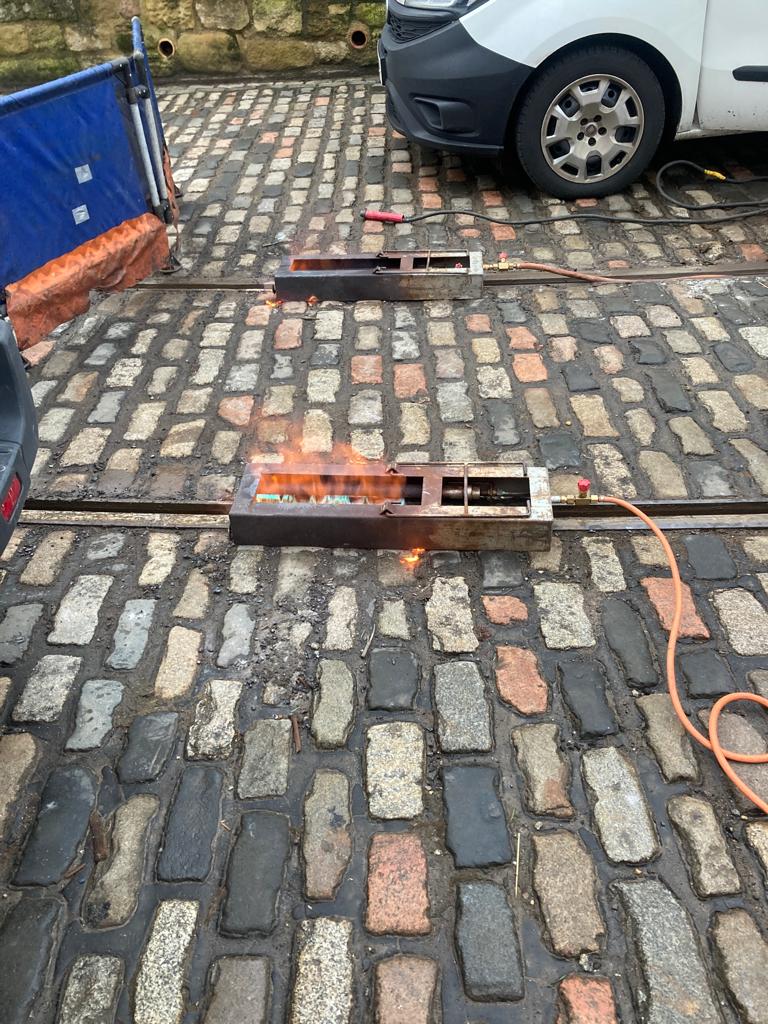
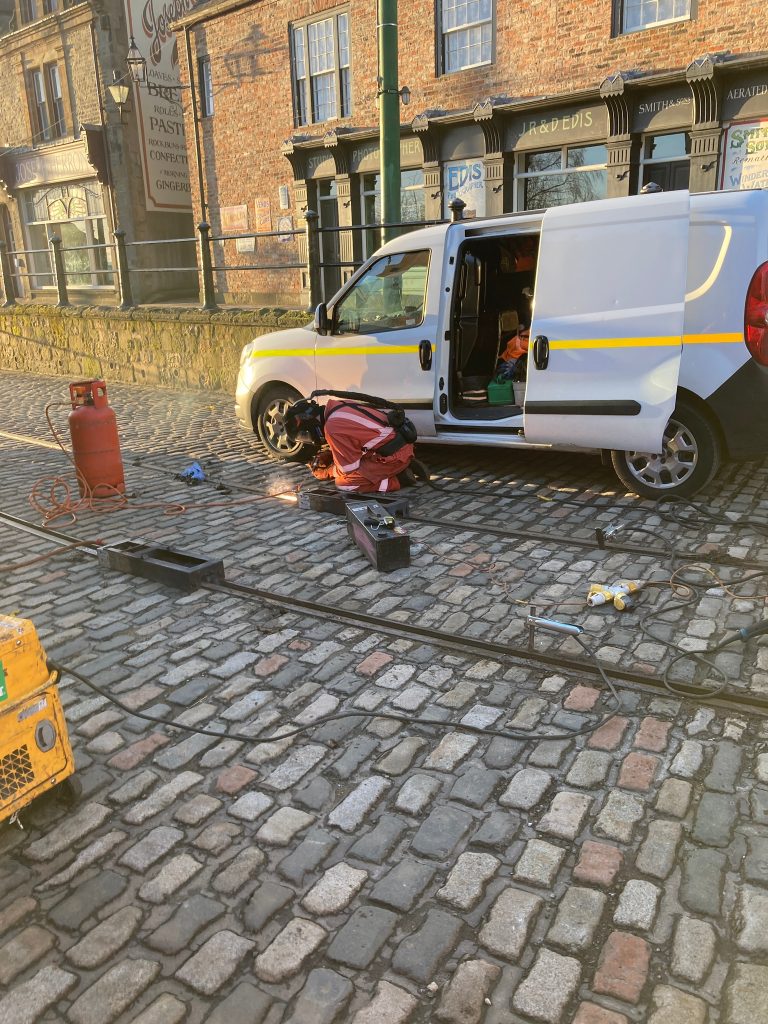
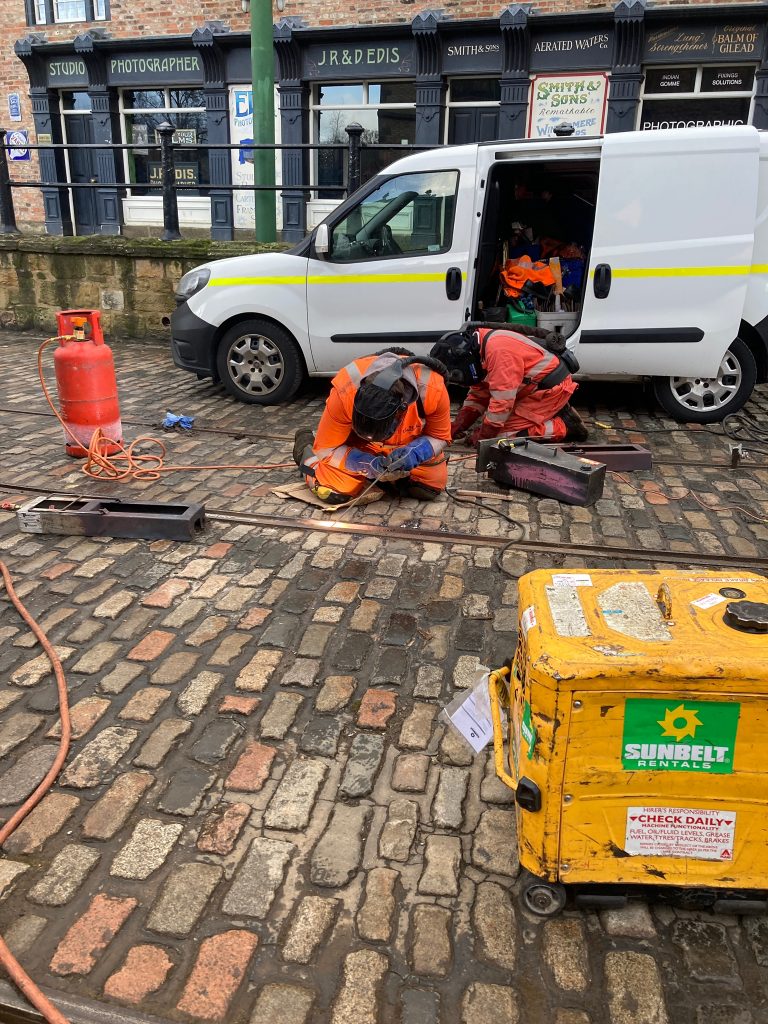

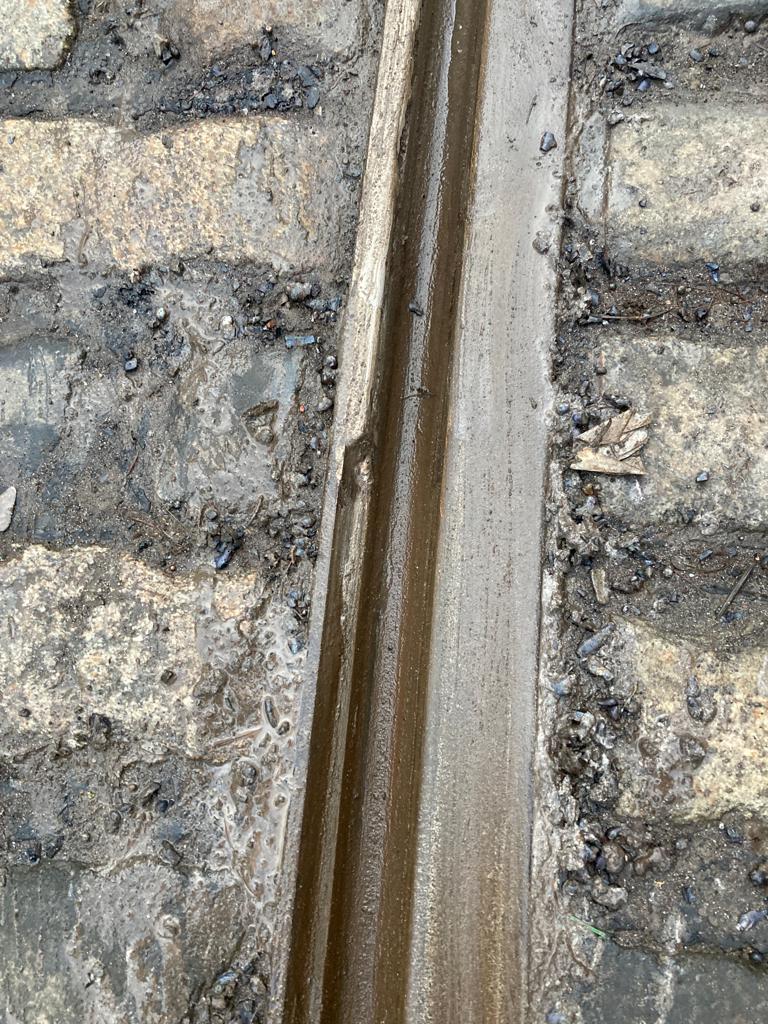
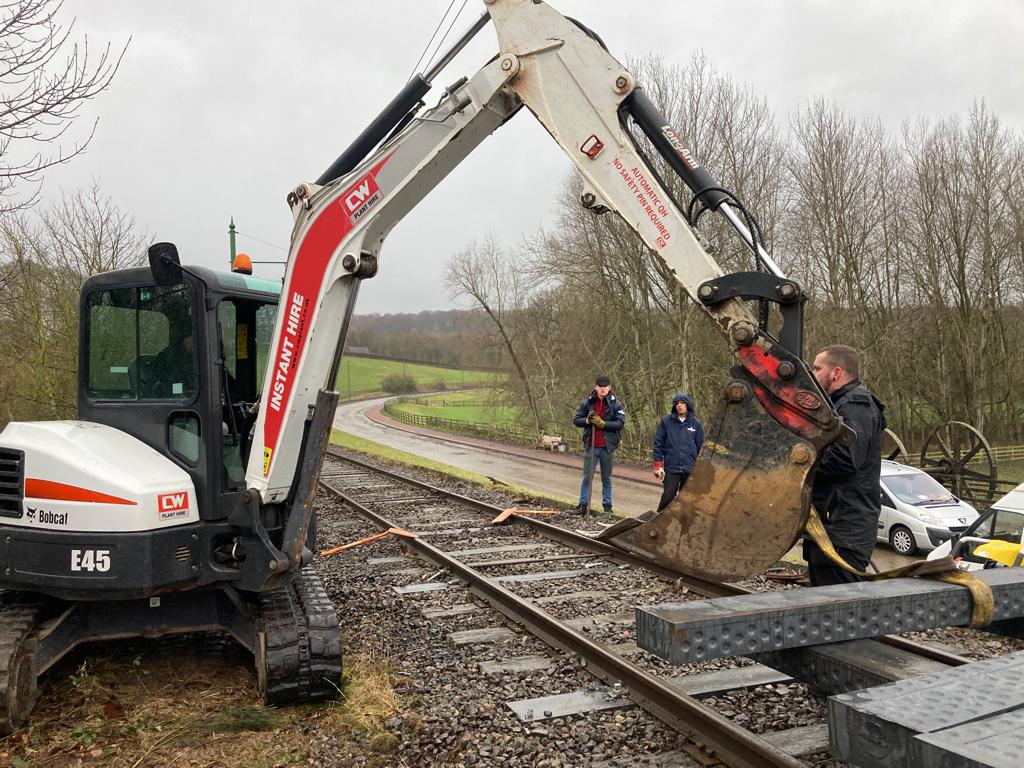

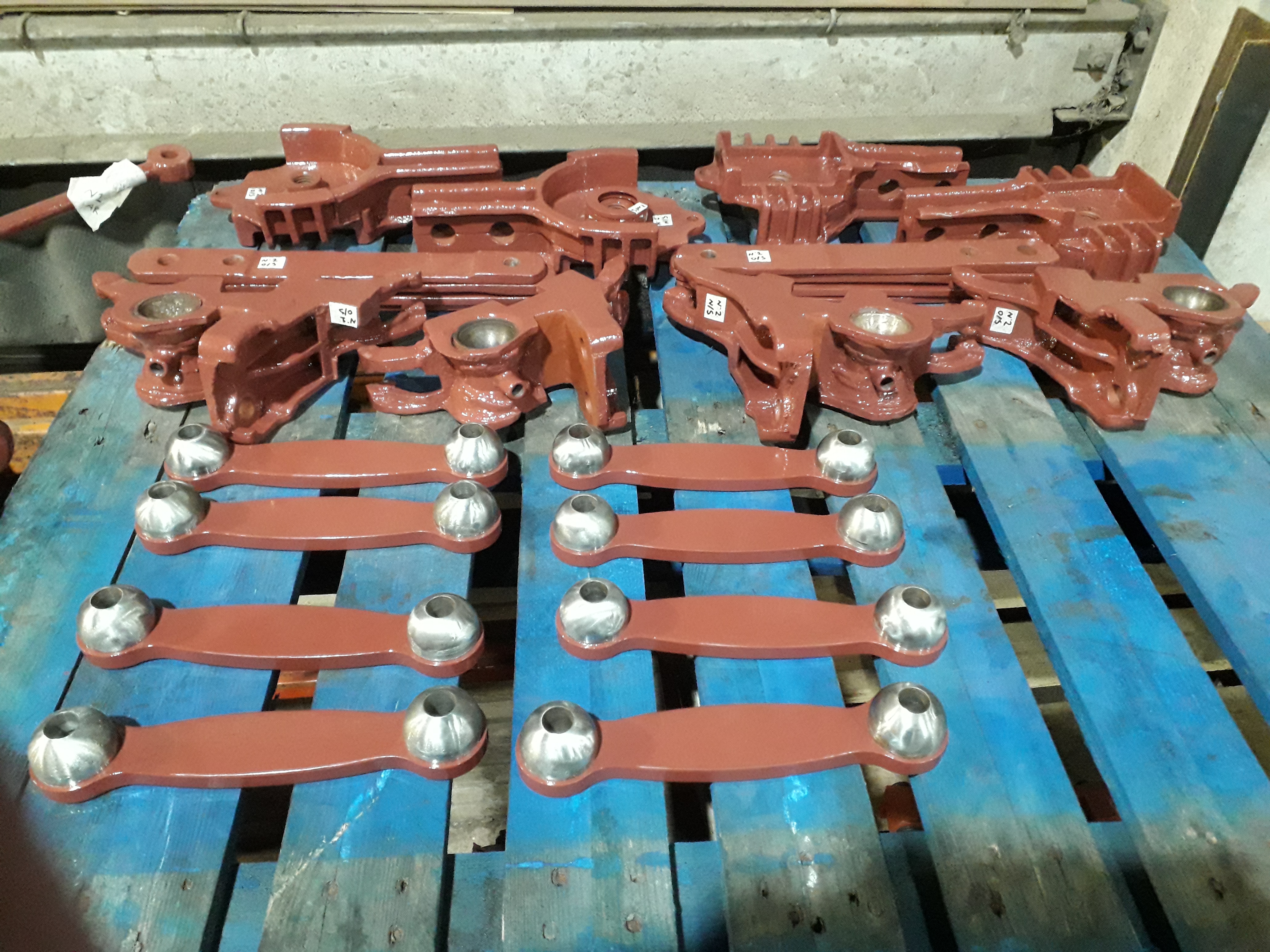

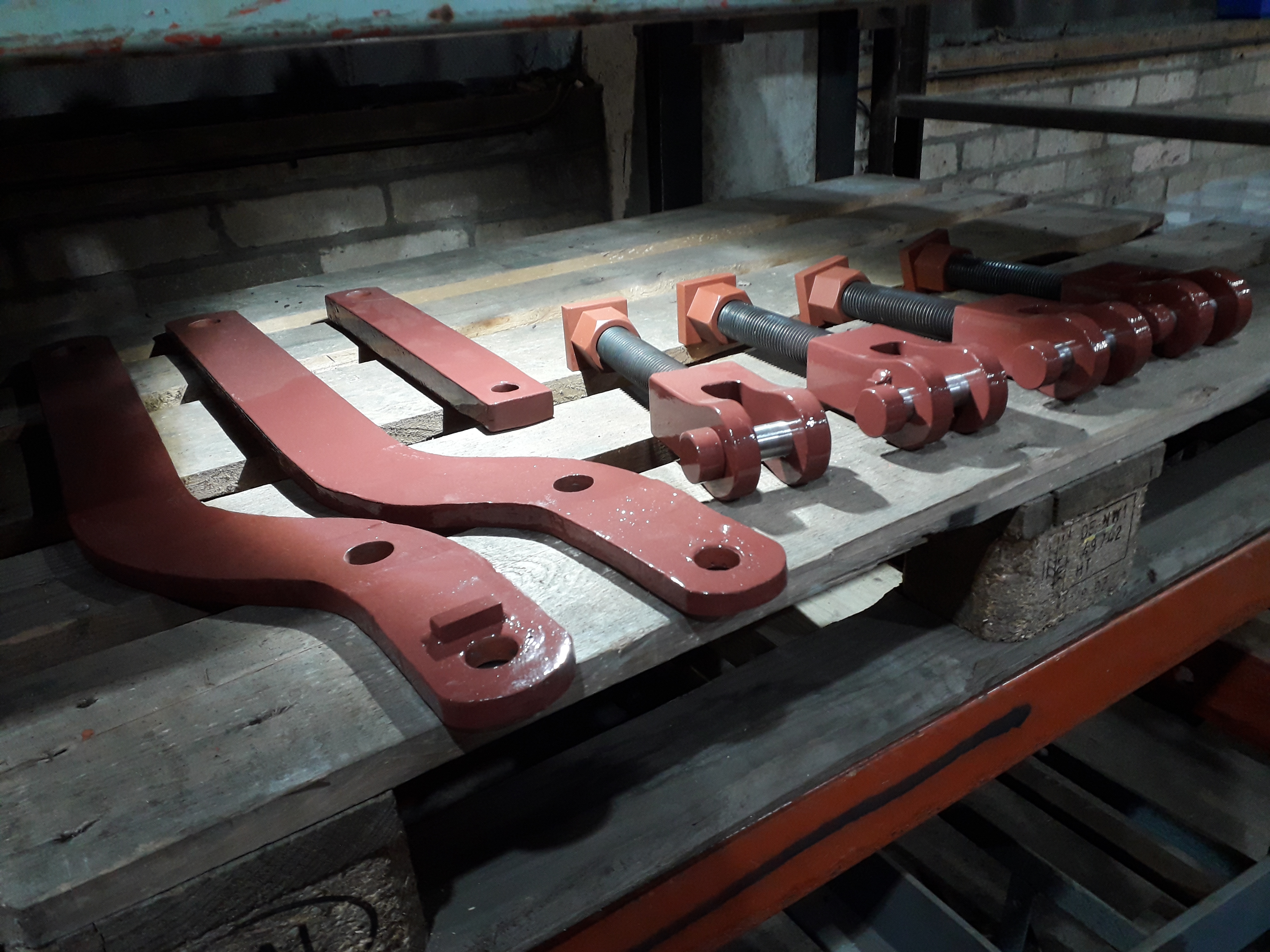
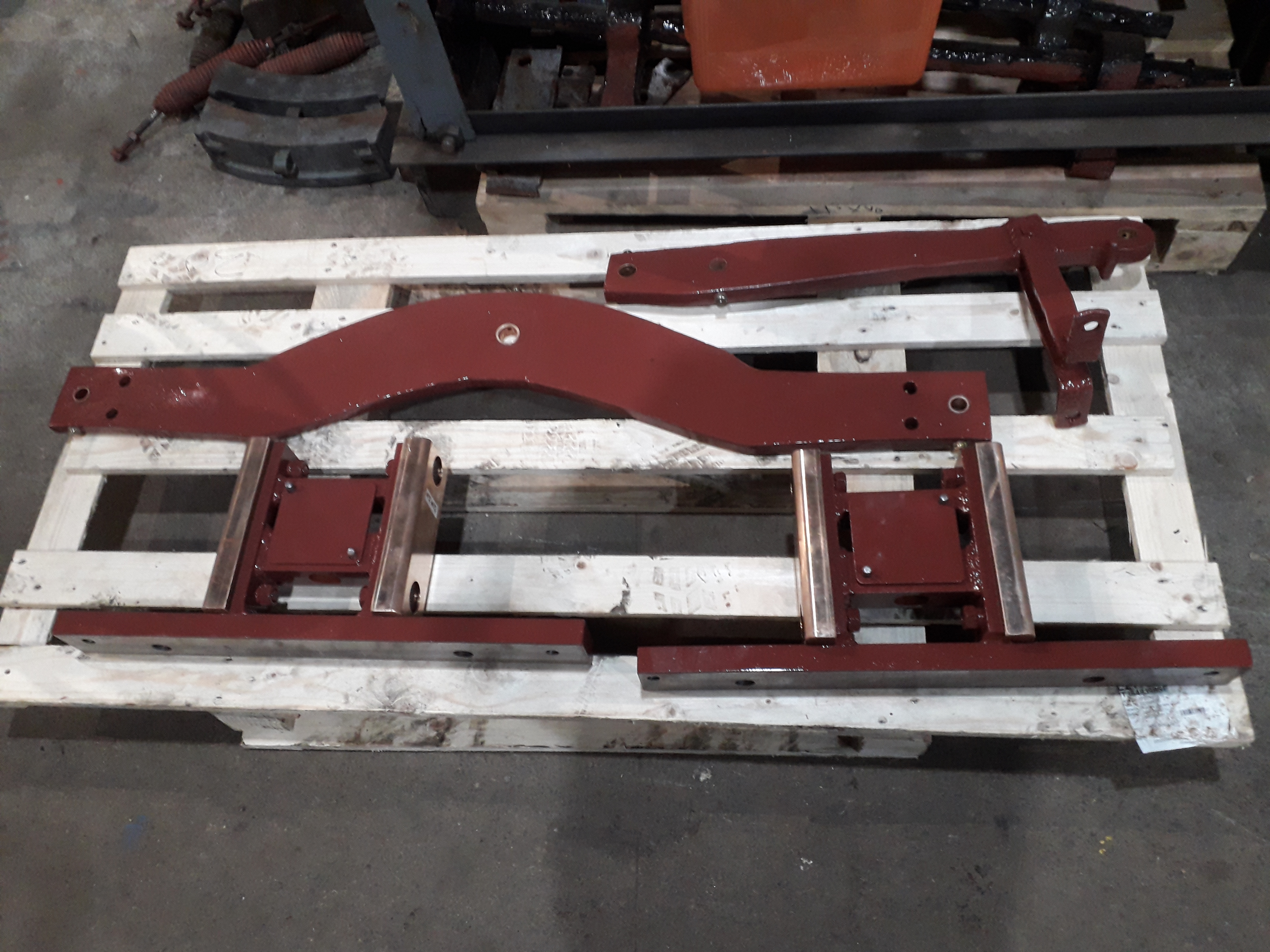
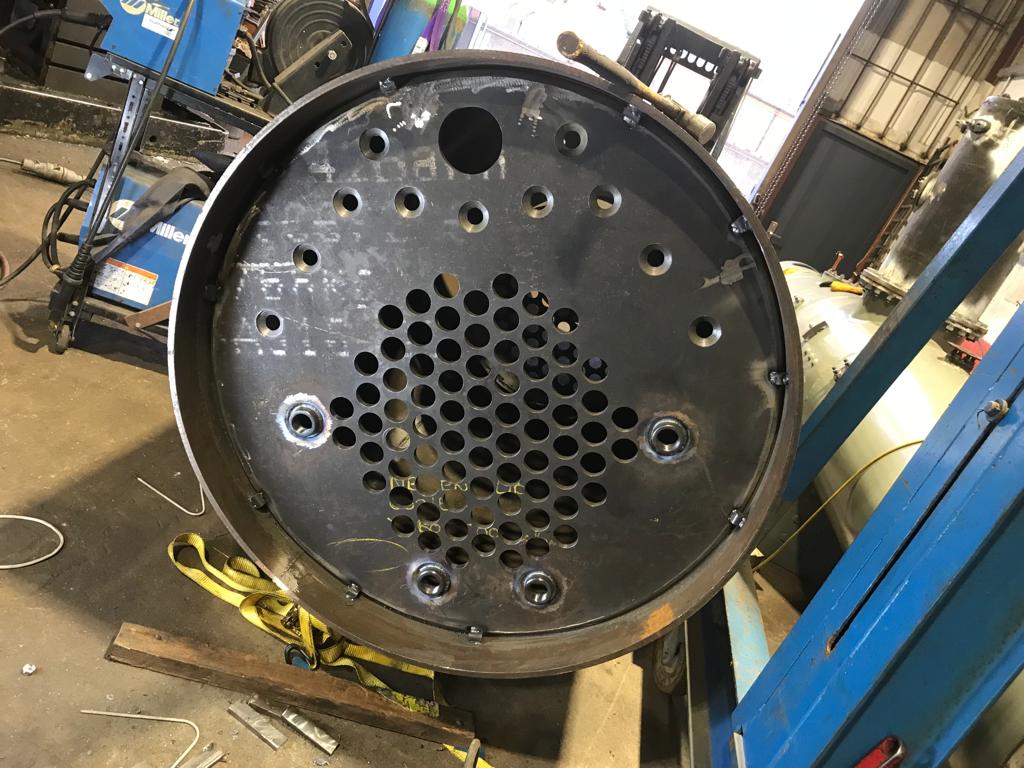

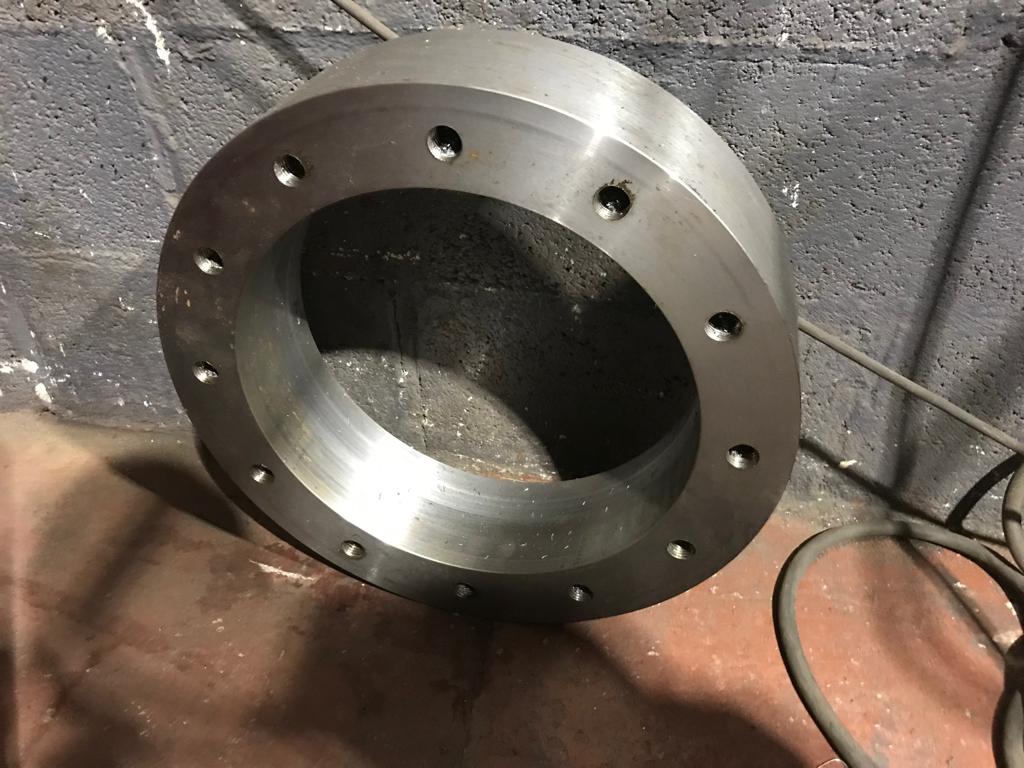


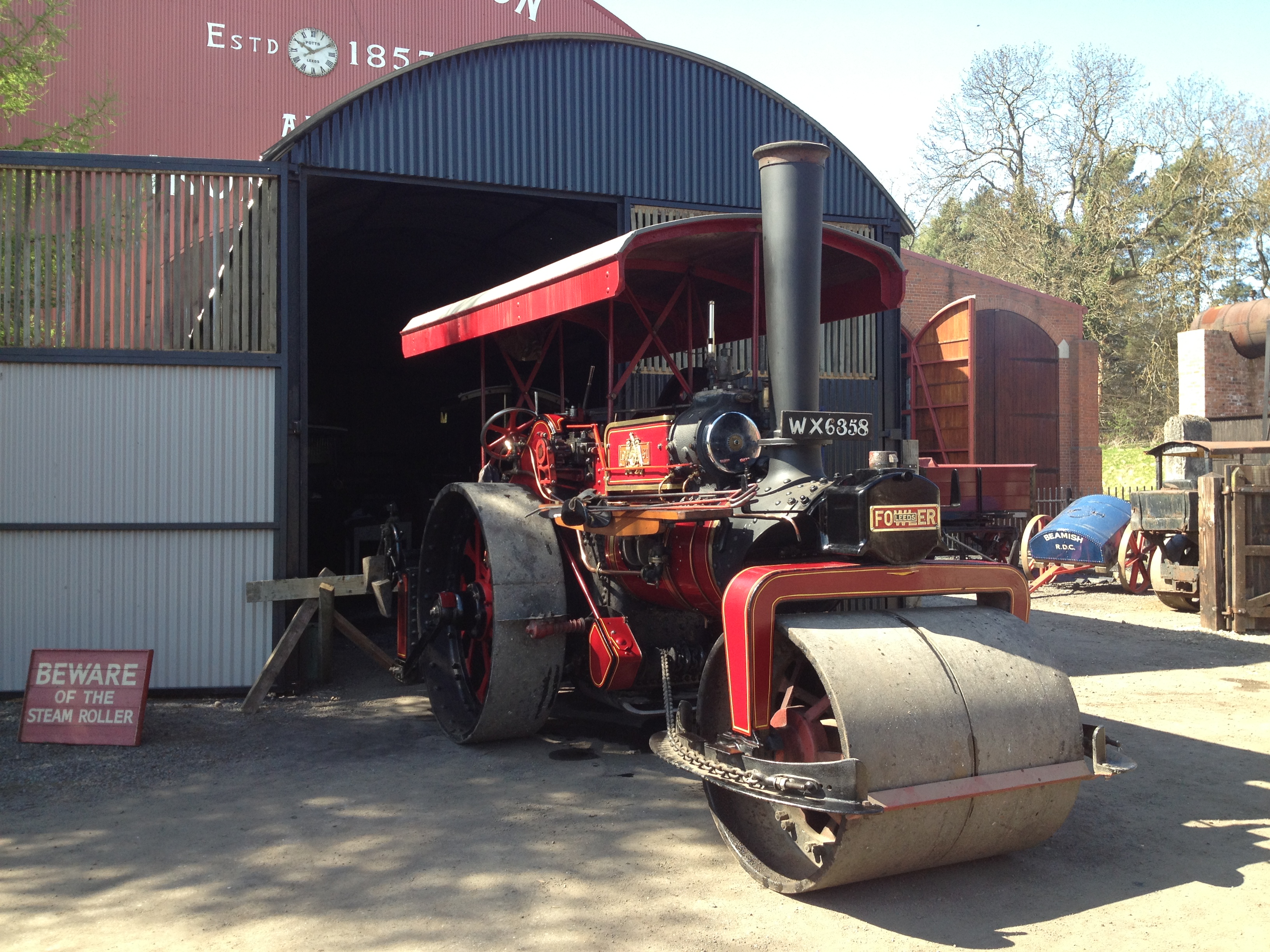






Hi paul,
Quick question
I’ve noticed the colliery yard has bullhead rail (same as rowley and waggonway)
Is there a reason that the exchange sidings are flat bottomed rail please? as it would make sense possibly to convert the exchange sidings to bullhead rail for standardization purposes
is there any plans for the future for this to happen?
looking forward to seeing the trackwork plans for rowley
Many thanks
Cheers
Rob
Hi Rob – no plans for this at all – maintaining the railways/tramway is an enormously time consuming job and carrying out a job like this would seriously deplete our resources. As to why it is like that, it is because of the evolved approach that was taken to developing the railways at the Museum, and the supplies of track available (ex industry) at the time. We’ve carried out a lot of spot re-sleepering in the exchange siding area to ensure that it remains operational, and do not have spare materials that we could use to convert it.
In terms of plans for Rowley, with a infrastructure manager now appointed, and able to give this the thought and time I didn’t have, I don’t now envisage any changes to the track layout and it will be a case of repair/renew once the current and next work phases on the tramway are completed. It would be nice to think we could operate at Rowley in 2024, but this is by no means a date set in stone!
Best wishes
Paul
Hi Paul,
Its great to see a lot of track work going on. A few years back (it maybe 6 years now) a right hand point was put in just out side the loco depot at the colliery i had to ask why as it seemed to go no where was told its to link up with the black storage shed where Newcastle and the second coffee pot are when will this job get done?
thanks Gary
Hi Gary – no timescale at the moment as we rather have our hands full with the tramway work that is underway and then Rowley Station. The opportunity to install that turnout was taken when the section of track was being relaid – but it will be ready for the future when it is required.
Best wishes
Paul
Hi paul,
Thanks for your reply clarifying things, are there going to be any more posts please as the blog is very quiet and I look forward to your blog posts as always
thanks in advance
cheers
Hi Rob
Work has been very busy lately so I haven’t had time to update the blog, but there is a new post in draft form and I shall probably post this on Sunday – rest assured the blog is still alive and well!
Best wishes
Paul